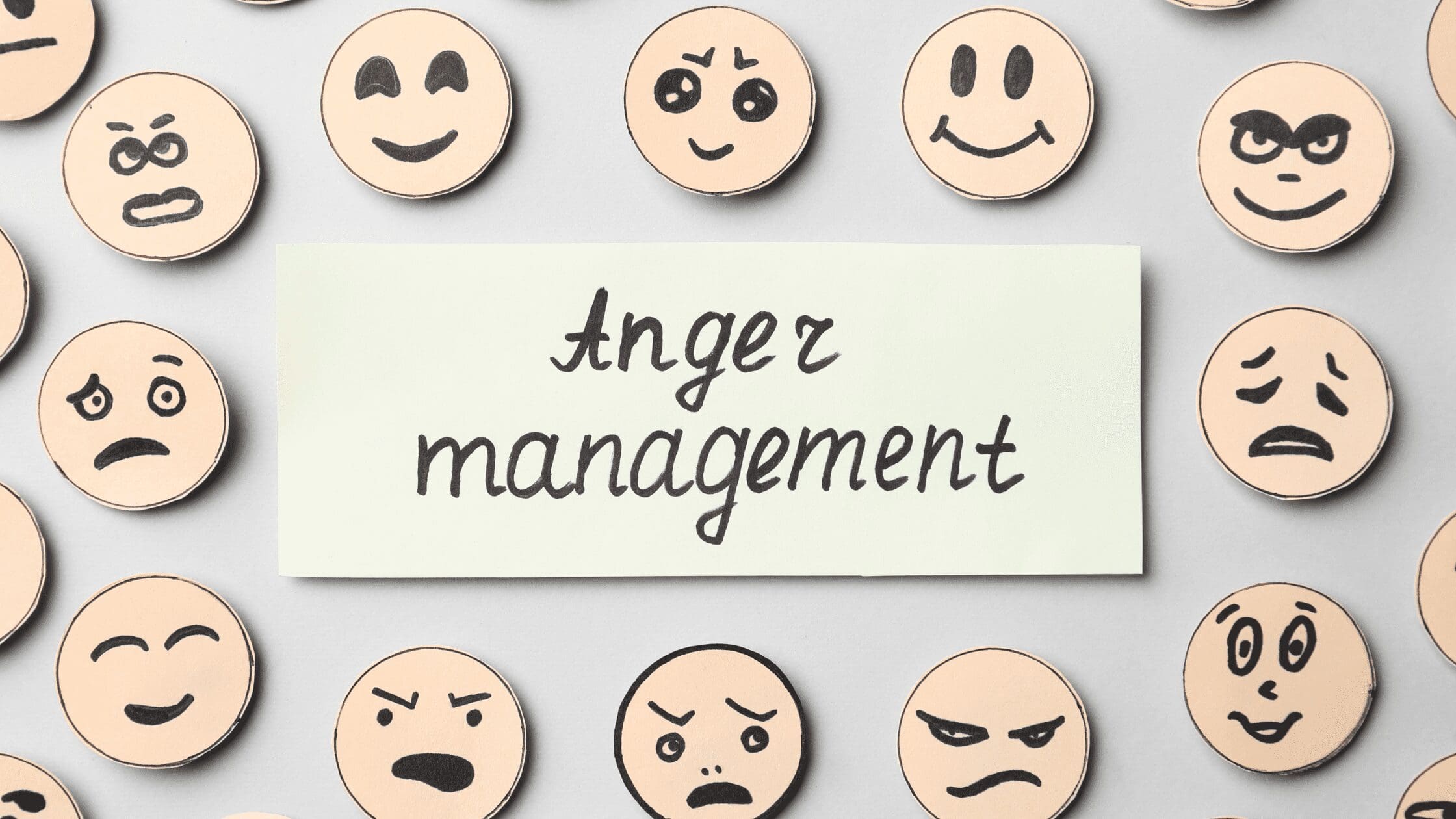Welcome to week four of anger management coping skills. This week we will go over understanding triggers. If you have missed any part of the series, click here! As always, remember my disclaimer before practicing any mental health information. What is Anger Management? If you have issues controlling your anger, you’re not alone. Anger is a normal and […]
